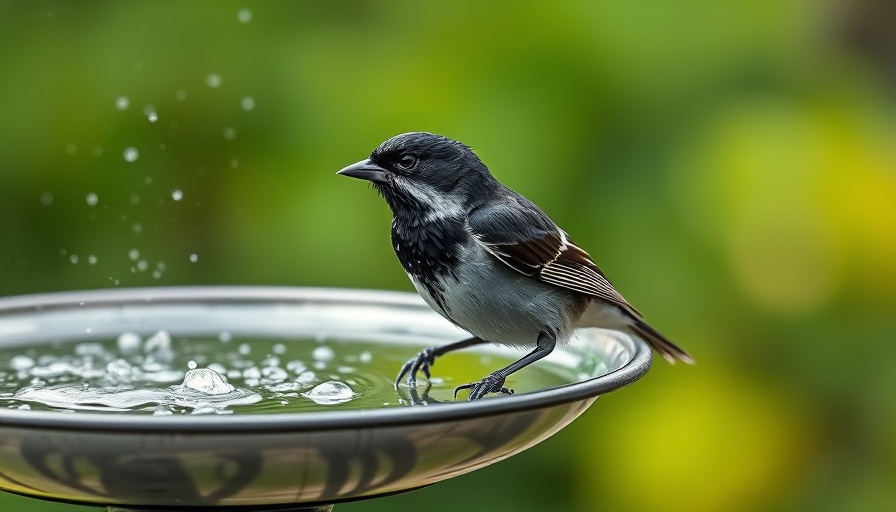
Understanding Bird Flu and Its Transmission Risks
The concerns surrounding bird flu—also known as avian influenza—have heightened for many bird enthusiasts, especially those who maintain feeders in their backyards. The virus primarily affects waterfowl, like ducks and geese, but it has posed questions for bird lovers regarding possible transmission through interactions with smaller songbirds or their feeders.
Are Songbirds a Cause for Concern?
Experts agree that songbirds such as cardinals, sparrows, and woodpeckers are not likely to carry the bird flu. The primary risks of infection are tied to contact with infected waterfowl or environments contaminated by their droppings. For those who enjoy feeding smaller birds, understanding this distinction is important, as the chance of transmission appears minimal, emphasizing that birding can remain a safe and joyful hobby.
Practical Measures to Mitigate Risks
While the threat is low, there are preventive steps every birdwatcher should consider. Cleaning bird feeders regularly with a 10% bleach solution is highly recommended, as it helps eliminate any potential pathogens. Additionally, practicing good hygiene—washing hands thoroughly after handling feeders—serves as a simple yet effective measure to protect oneself from any risk.
When Bird Care Can Pose Risks
For those who keep poultry at home, the environment becomes more complex. Poultry can become infected with bird flu and can transmit the virus to wild birds that visit feeders. Therefore, it's particularly urged that individuals with backyard chickens or similar fowl should refrain from having feeders that attract wild birds. The intersection of wild and domestic avian populations can create settings for the virus to spread, making vigilance crucial for poultry owners.
Staying Informed About Local Outbreaks
Being aware of local bird flu outbreaks can further protect those engaged in birdwatching. If an outbreak is reported in a community, it may be wise to temporarily restrict interaction with birds and their habitats. Local health departments often provide updates or recommendations, and staying attuned to this information contributes to personal and public health safety.
Embracing the Joy of Birdwatching Responsibly
Ultimately, birdwatching and the joy of nurturing songbirds can coexist with health consciousness. By understanding the realities of avian influenza and taking the recommended precautions, bird lovers can continue to engage with nature and revel in the beauty of avian life.
Encouraging a safe birdwatching experience revolves around knowledge and practices that protect both the birds and the observers. Therefore, staying educated and practicing safety measures can ensure that bird lovers maintain their connection to nature without undue concern.
 Add Row
Add Row  Add
Add 




Write A Comment